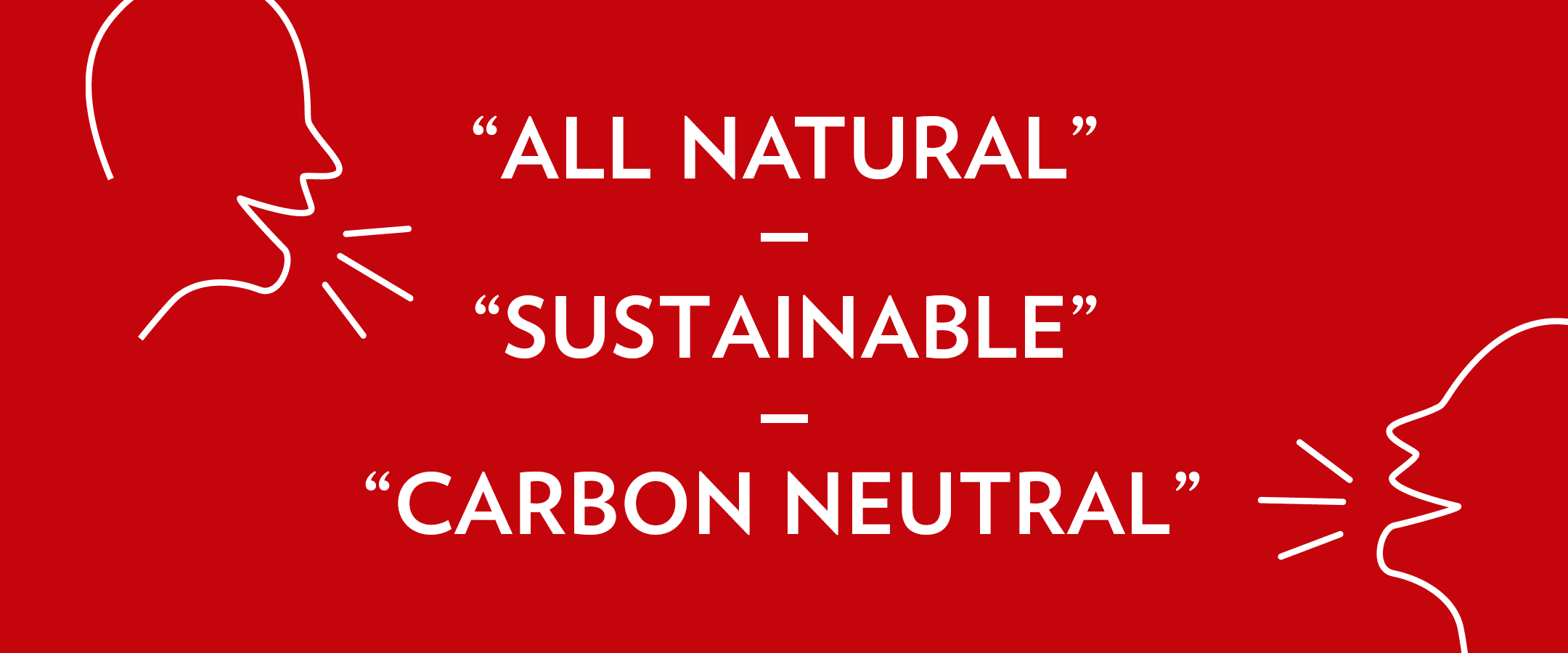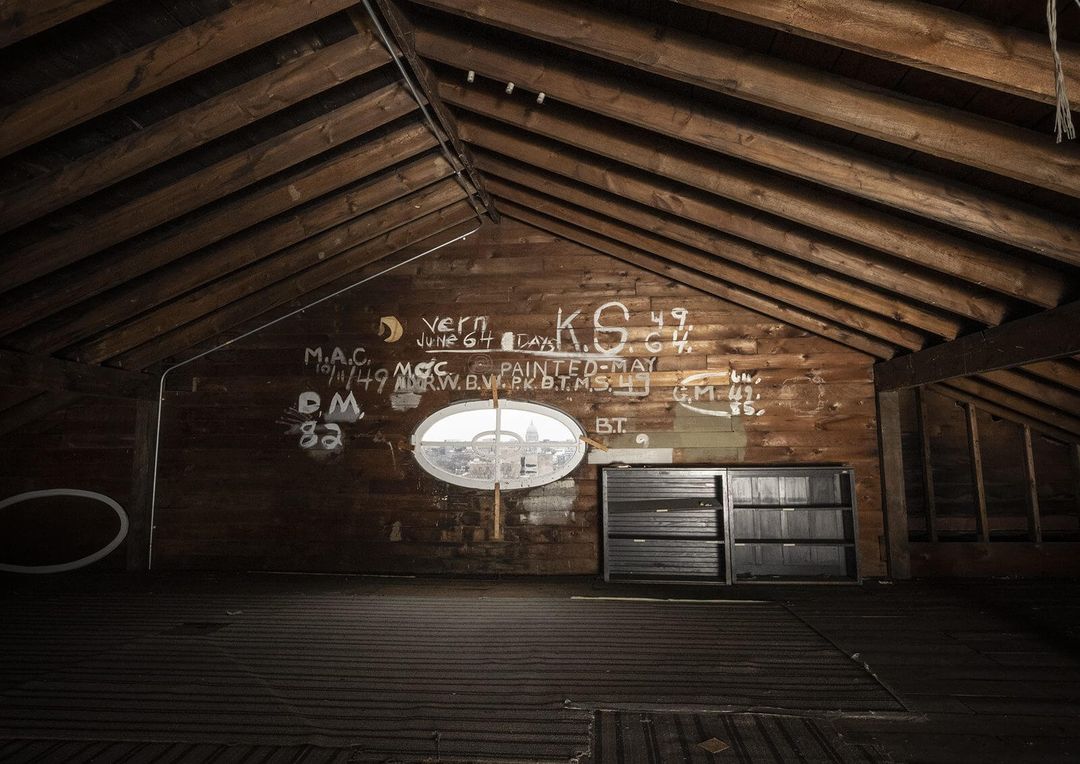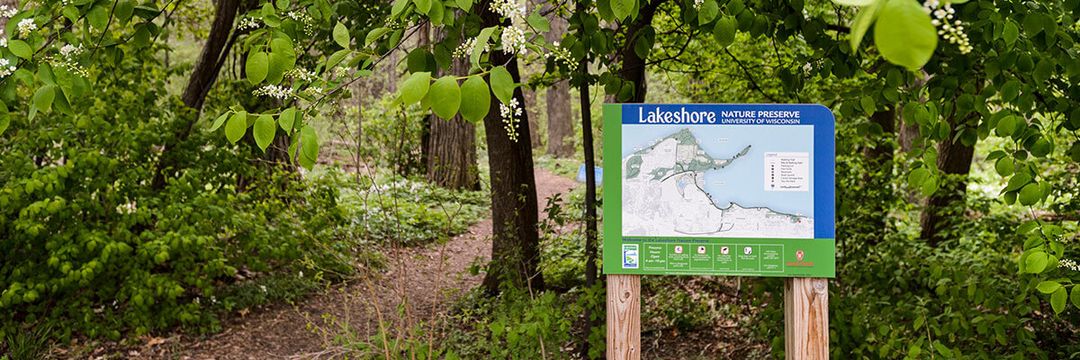“The environment is not a component of our life. We are a component of the environment,” says textile chemist Majid Sarmadi. Each year, humans create 85 million metric tons of textiles while sending more than 11 million tons of textile waste to landfills. Sarmadi, the Audrey Rothermel Bascom Professor Emeritus in the School of Human Ecology and director of the textile science specialization graduate degree in the design studies program, is an expert in textile fibers and waste.
Acting sustainably does not have to be limiting. In fact, it is opening doors around the world for scientists, farmers, artists, and even corporations to innovate and work to protect the planet. For those consumers who want to live in a more sustainable fashion, it’s not realistic to buy nothing or avoid plastics altogether.
Instead, Sarmadi believes one of the most impactful actions an individual can take when trying to be more sustainable is simple: think. By being mindful about what you buy and why you make purchases, your consumption habits are likely to decrease naturally. Here, he shares his tips for being a conscious consumer and shopping more sustainably.
Don’t be fooled by buzzwords.
People should be skeptical of companies that claim to be all-natural, sustainable, and carbon-neutral. “The only things that have zero carbon footprint are dead,” Sarmadi says. This even includes products claiming to be biodegradable. When manufactured textiles degrade, what is actually being broken down? Microplastics and chemicals. Being able to break down (eventually) is not always a good enough justification to buy a product; instead, look for materials that biodegrade naturally.
Ask questions.
If you have doubts about a brand’s sustainability claims, ask them! “[Say,] ‘You claim these are sustainable. What is your data? What is your information? Why is [the information] not on your websites?’ ” says Sarmadi. “You must be vigilant. You have to see the data or information for yourself.”
Natural isn’t always better.
New innovations in the textile industry by scientists like Sarmadi mean that natural is not always better. For example, natural dyes require large amounts of farmland, water, and energy to yield minimal quantities of useable dye. The process to produce them also contaminates land and water with harmful chemicals. On the other hand, synthetic dye can be produced in huge amounts with minimal environmental impact. “We need to learn how to choose natural versus synthetic wisely,” Sarmadi says. “There are times that you pay a higher price for the environment — and I’m not talking about only monetarily — if you go natural.”
Be considerate.
“We want to educate everybody so that they know how to deal with these environmental questions and make informed decisions. What is most dangerous to the environment? Is it methane gas? Is it CO2? What is the most dangerous thing to our environment? Our attitudes,” Sarmadi says. “There is a difference between need and want. We must make sure that we provide for the needs of every single person. Don’t destroy the planet for future generations. We must be good stewards of our resources.”








